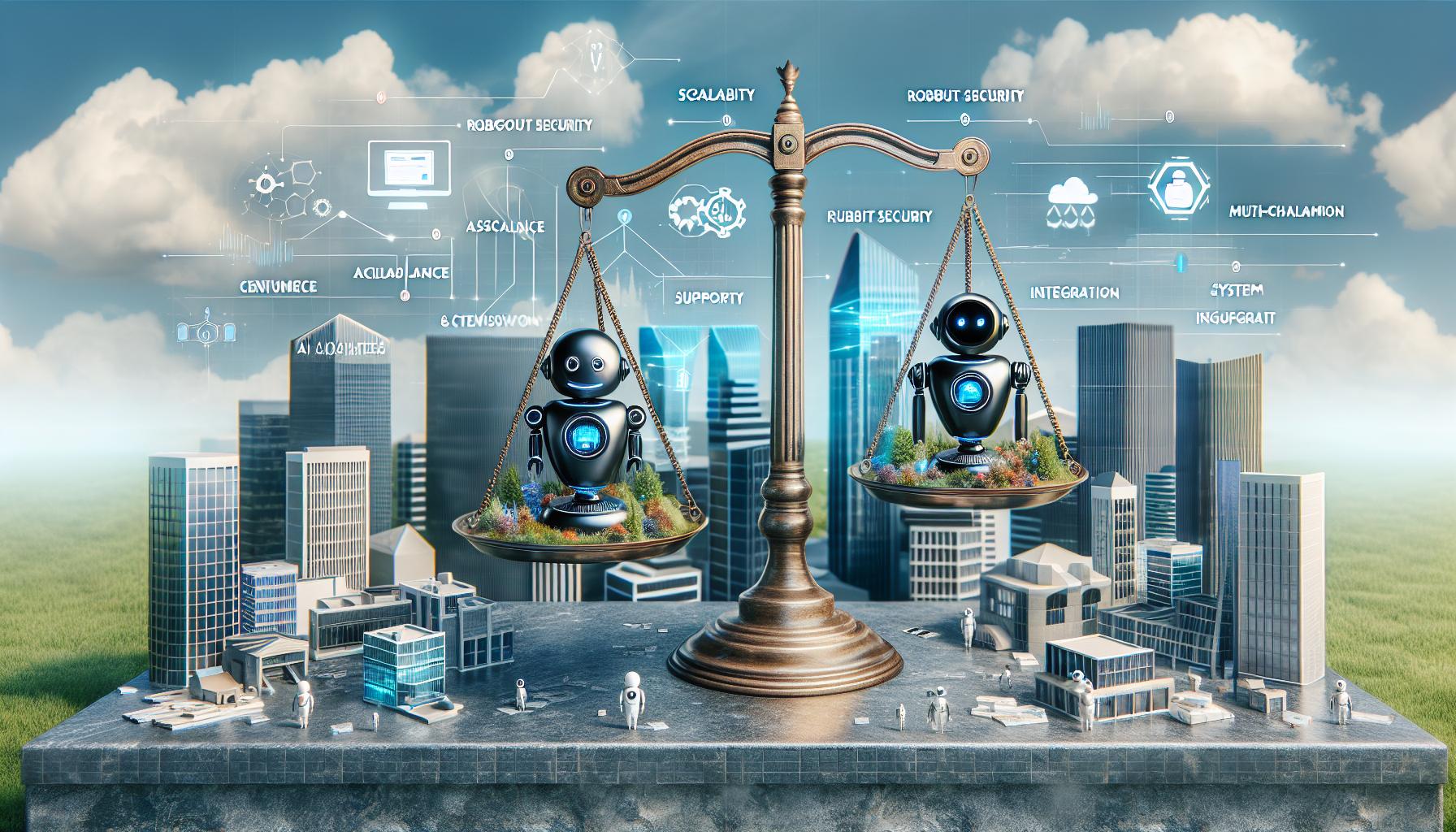AI Assistants vs. Chatbots: A Comparative Analysis in the Business Context

Introduction
AI is at the forefront of business process transformation. Yet, it's crucial to differentiate between consumer chatbots and business class A.I. assistants as each has distinct capabilities and applications. This article delves into the fundamental differences between them, highlighting the marked advantages of A.I. assistants for business operations.
Scalability: Catering to Expanding Business Needs
Unlike basic consumer chatbots that can manage rudimentary one-to-one customer interactions, A.I. assistants are designed to cater to an ever-growing customer base, handling thousands of client interactions simultaneously. Their ability to scale makes them an ideal solution for businesses with growing communication needs.
Robust Security: A Non-Negotiable in Business
Business class A.I. assistants outperform consumer chatbots with their stringent security measures. They employ advanced encryption and adhere to strict data protection regulations, making them a safe choice for businesses handling sensitive customer data.
Multi-Channel Support: Engaging Customers Where They Are
AI assistants support multiple communication channels, thereby providing the convenience of seamless interaction experiences. They can engage customers over SMS, email, live chat, social media Messengers, and voice, while consumer chatbots usually offer limited communication modes, often constricted to a single platform.
Integration: Building Harmony with Existing Systems
AI assistants offer robust integration capabilities with existing business applications such as CRM systems. They not only bridge the gap between different systems but also enhance data flow and business efficiency, an aspect less likely in basic consumer chatbots.
Conclusion
Scrutinizing the differences between consumer chatbots and business class A.I. assistants brings to light the significant impact of A.I. assistants on business growth. With superior scalability, robust security, versatile communication methods, and seamless integration capabilities, they are undoubtedly pivotal in maximizing business communication, improving operational efficiency, and driving growth in today's digital business environment.




